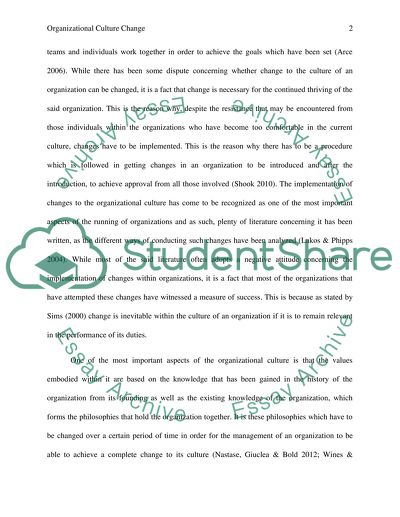Cite this document
(“Literature Review Essay Example | Topics and Well Written Essays - 2500 words - 1”, n.d.)
Literature Review Essay Example | Topics and Well Written Essays - 2500 words - 1. Retrieved from https://studentshare.org/human-resources/1482053-literature-review
Literature Review Essay Example | Topics and Well Written Essays - 2500 words - 1. Retrieved from https://studentshare.org/human-resources/1482053-literature-review
(Literature Review Essay Example | Topics and Well Written Essays - 2500 Words - 1)
Literature Review Essay Example | Topics and Well Written Essays - 2500 Words - 1. https://studentshare.org/human-resources/1482053-literature-review.
Literature Review Essay Example | Topics and Well Written Essays - 2500 Words - 1. https://studentshare.org/human-resources/1482053-literature-review.
“Literature Review Essay Example | Topics and Well Written Essays - 2500 Words - 1”, n.d. https://studentshare.org/human-resources/1482053-literature-review.


